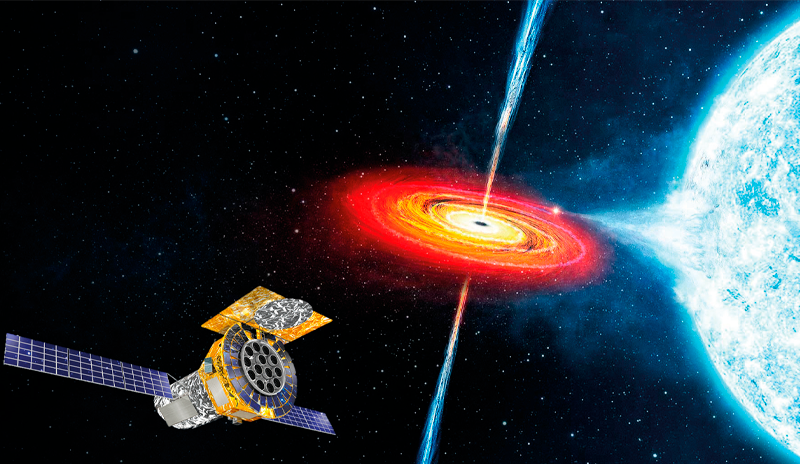The aerospace industry is embracing a cutting-edge workflow that combines virtual reality (VR), reduced order models (ROMs), and mesh morphing to revolutionize aerodynamic design.
Developed through a collaboration between the University of Rome Tor Vergata and RBF Morph, this approach allows engineers to explore and adjust designs in real time within an immersive 3D VR environment.
By integrating CAD, CFD, and ROMs, it drastically reduces simulation time and enhances interactivity, making the design process faster and more intuitive. Tested on a simplified Boeing 787 model, the system demonstrated significant time savings and improved engineering insight. It also boosts collaboration by allowing multiple users to interact with the same model in VR. Beyond aerospace, this technology has promising applications in medicine, automotive, marine, and energy sectors. As the workflow evolves with AI and expanded datasets, it promises to redefine simulation-driven design across industries.
Read the article
CASE STUDY
This article describes the preliminary study resulting in the design solutions adopted for the LAD module’s most important thermo-mechanical drivers, which were developed and used to demonstrate compliance with the system requirements at the spacecraft level.
aerospace rbf-morph ansys
CASE STUDY
Menet Aero worked with Wolf Star Technologies to implement the True-Load load reconstruction software on their hexacopter drone. This project allowed Menet Aero to acquire valuable data on their drone designs, which can be used to optimize the weight and cost of their aircraft. The True-Load methodology proved to be an efficient and effective use of FEA models and testing techniques, providing a small investment in strain gauges for mission-critical data.
aerospace trueload